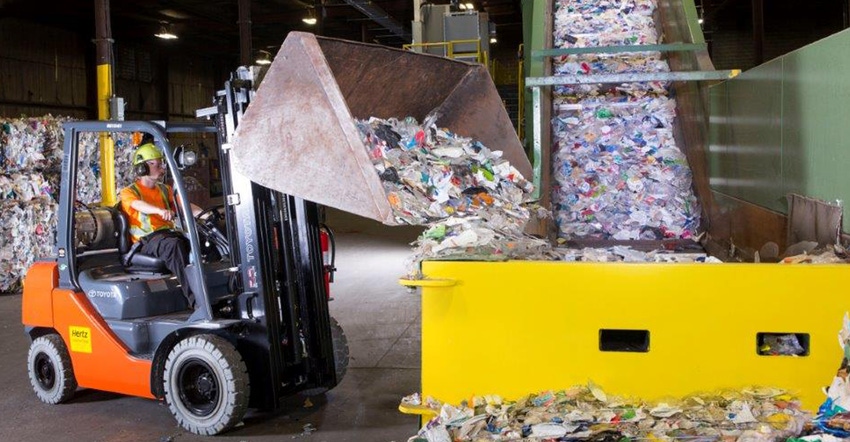Extended producer responsibility (EPR) talks have gained steam in the past few years as the United States moves to boost its waste and recycling infrastructure. The Recycling Partnership recently released a report examining programs in seven jurisdictions worldwide and in six U.S. states.

Extended producer responsibility (EPR) talks have gained steam in the past few years as the United States moves to boost its waste and recycling infrastructure.
The Recycling Partnership recently released a report examining programs in seven jurisdictions internationally and in six U.S. states. The organization analyzed the effect on state-level recycling rates and other key metrics.
“Lack of sustainable funding is one of the greatest challenges for U.S. residential recycling systems,” said Keefe Harrison, The Recycling Partnership CEO. “EPR provides a huge opportunity to unlock the environmental and economic benefits of recycling.”
EPR programs for printed paper and packaging experienced "highly successful outcomes," according to the organization. Evidence gathered during the study of international policies signaled that similar legislation in the U.S. would boost overall residential recycling rates by at much as 48 percentage points. Some states could reach rates as high as 75 percent.
Effective regulation in the form of EPR also provides universal recycling access as well as increased participation in programs, leading to the ability of stakeholders to capture behavioral data for further improvements.
Dylan de Thomas, VP of Public Policy & Government Affairs at The Recycling Partnership, commented: "With this research, we can see that these international programs drive dramatic improvement in recycling rates and that EPR policy has a significant impact. It’s clear that well-designed EPR policy is key to growing and improving recycling and achieving a circular economy."
The potential impact of EPR programs also includes significant improvements in the quality of recyclable materials by "millions of tons." In turn, this will allow the waste and recycling industry to recapture an estimated $13 million to $91 million in lost material economic value in EPR states,
While The Recycling Partnership stated that "critical policy and programmatic differences between EPR programs make exact comparisons across jurisdictions difficult," the study's findings lend credence to the effectiveness of EPR policies.
In addition to building resiliency within recycling systems through participation and quality improvement, legislation could also lead to the reduction of "hundreds of thousands of metrics ton" in greenhouse gas (GHG) emissions and create thousands of jobs.
“EPR has the potential to close gaps in recycling rates for all materials, create jobs, reduce greenhouse gas emissions, and deliver even more benefits to support people and planet,” adding that that the U.S. now needs to apply these learnings," de Thomas said.
About the Author(s)
You May Also Like




